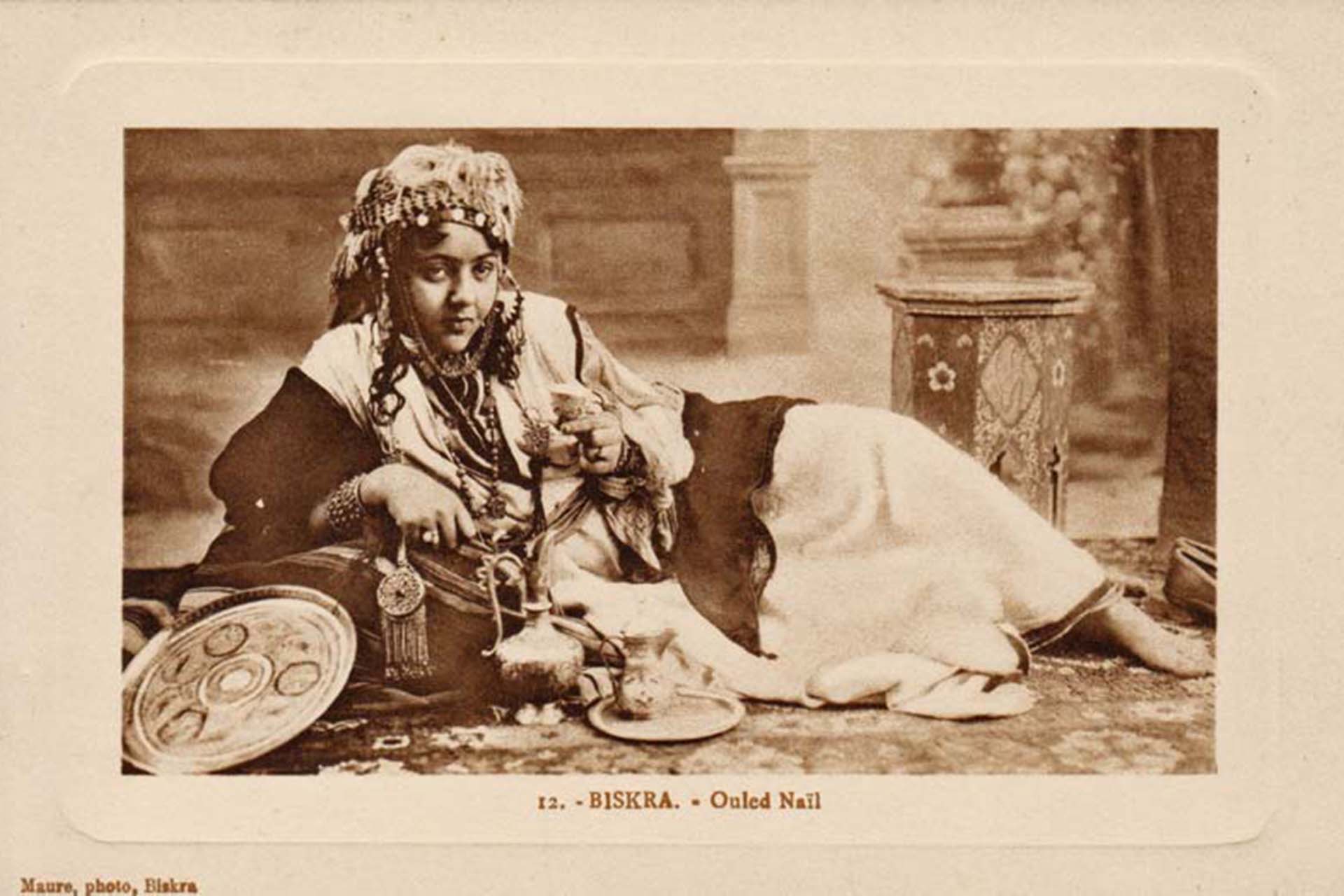
Youth Ambassador Isobel Archer considers how ethnicity, in consideration of discrimination and marginalisation, plays a part in the increase of vulnerability to human trafficking.
If you read the last two posts in this series (found here and here) you will see that we have set out why anti-trafficking efforts must consider an overall cultural context to tackle trafficking and provide appropriate support to people who have been exploited. We want to consider how the discrimination experienced by ethnic minorities results in marginalisation outside mainstream society and increases vulnerability, specifically to trafficking. It is well documented that ethnic minorities and indigenous peoples are a demographic particularly at risk of human trafficking, a risk compounded by related issues such as low socio-economic status, high poverty rates, marginalisation and discrimination. A poor woman from an indigenous community or lower-caste, for example, is triply susceptible to exploitation and is less likely to have access to justice, reparation and rehabilitation, even were she to escape her exploitation. Whilst there are specific programmes in place to address child or sex trafficking, in some countries policy has failed to take into account the connection between slavery and ethnic status as a root cause of trafficking. This post will look at how racist and sexist attitudes feed into trafficking narratives, and allow slavery to persist.
Colonialism and racialised sexual stereotypes
Trafficking particularly takes on a racialised element in countries with a history of colonialism. European cultural attitudes of superiority were used to justify sexual exploitation and abuse in former colonies, and it’s argued that this attitude has morphed into myths regarding ethnicity and sexuality today. In both colonial and independent America, for example, female slaves were frequently sexually abused by their white, male owners; similarly, Native American women suffered sexual abuse as a part of forced cultural assimilation by white immigrants. In both cases, stereotypes stemming from the biblical myth of the “black Jezebel” justified sexual abuse and excused the denigration and subjugation of non-white women by white men thought unable to resist temptation. Unsurprisingly, these racist attitudes continue to play out in the illegal sex trafficking industry in the USA today. In New York, for example, the makeup of women in the sex industry is non-reflective of the state demographic. Studies have found that up to 67% trafficked female minors in the state are from the black community, and a further 20% are latinx; only 17.6% New Yorkers are black and 18.8% are latinx. A disproportionate number of these ethnic minorities are ending up in the sex industry. Why is this? Besides the racialised myths around sexuality, it is important to note that non-white ethnic groups, particularly black and latinx, are affected by higher rates of poverty. Therefore, it might be safe to say that these intersecting forms of oppression (socio-economic situation and racialised myths of sexuality and promiscuity) act to fuel a market demand for women of particular backgrounds.
Historically, two racist stereotypes have dominated imperialist attitudes towards Asian Women. Firstly, it has been well noted that stereotypes of the pretty, docile, Asian woman feed into a desire from Western men for a “subservient homemaker” who will perform their ideal of the perfect wife; secondly, scholars such as Edward Said have explored how imperial narratives of the exotic, seductive Orient persist today, arguably as the primary driver of the modern East Asian sex industry. Fetishisation of East Asian women by Western men has been used to explain the rise in the incidence of “mail-order-brides”, a practice the UN explicitly identifies as a form of human trafficking. Moreover, governments in Thailand have relied on an alternative stereotype of the sexually exotic South-East Asian woman to attract sex tourists. Whilst there are laws in place in Thailand against prostitution, in practice it is generally tolerated and governments have actively encouraged an industry of established tourist guides, tours and networks that advertise specifically to men, presenting Thailand as synonymous with sex and exotic entertainment. Being so closely linked to the tourism industry, prostitution is highly lucrative in Thailand, meaning women are trafficked within and from Thailand by traffickers who both encourage and capitalise on Western fetishisation of the submissive and exotic Asian woman. Again, underlying factors of extreme poverty, particularly in rural Thailand, also leave young girls and women vulnerable to being targeted by traffickers who take advantage of their parents’ extreme desperation and offer comparatively huge sums of money to buy their daughters. Many of these families are from rural backgrounds where communities derive very little income from agriculture and may have no choice but to traffick their own daughters.
Impact of statelessness
For the Rohingya people in Myanmar, not only do they lack the socio-economic influence and power to enjoy the security afforded the rest of the population, but their very presence in the country is considered illegal and they have no recourse to justice. Rohingya in Myanmar are stateless; they lack legal national status and suffer systematic extreme violence at the hands of the Burmese military whose abuse is excused by the entrenched discrimination against Rohingya in Myanmar. Fleeing persecution, Rohingya refugees to Malaysia fall prey to traffickers who take advantage of their desperate situation and lack of legal standing to exploit people who have no defence, even were they to escape. Malaysia’s anti-trafficking response, however, has been strong and coordinated, and the success of its approach stems from its recognition of the specific vulnerabilities of Rohingya and other persecuted groups to exploitation. Whilst blatant persecution of one ethnic group is allowed to continue, however, there will always be people ready to take advantage of pre-existing inequality to exploit the most marginalised in society.
Impact of caste-system and statelessness
Elsewhere in the world, deeply entrenched social hierarchies and caste systems leave particular ethnic groups vulnerable to exploitation. In India, for example, members of the Dalit community are more likely to be trafficked into forced labour, and are often subject to debt bondage and forced to repay “loans” to traffickers who have “found” them employment. In reality they are kept in a cycle of forced labour, unable to repay increasingly huge amounts of debt and entrapped by an illegal caste-system; they pass debt onto their descendants who are exploited and trafficked in turn. With around 80-98% of all bonded labourers in Pakistan, India and Nepal being from Dalit communities, it is clear that there is an ethnic bias in labour exploitation. Despite the disheartening statistics, anti-trafficking efforts that look at the context in which these abuses are occurring, and seek to address those underlying factors and other human rights violations have proven to be the most successful in empowering Dalit communities and alleviating their vulnerability to trafficking. Freedom Fund’s partner in Bihar, India (TSN) took on a case where Dalit communities were literally pushed out of a village by a wealthy, connected individual who took advantage of their disenfranchised status and lack of legal reach. Living in temporary housing on the edge of the village, Dalits were left highly susceptible to trafficking by traffickers who began to use the village as a base. In a landmark case last January, TSN won legal rights to the land for 68 families pushed out of the village, providing them with housing and economic security and dramatically reducing the chance of their being trafficked.
Whilst the above examples show that ethnic minorities are exploited in a range of industries, there is a common underlying assumption in each case that the ethnicity of the trafficked person itself justifies or excuses their exploitation. Non-white women are stereotyped as promiscuous to justify their abuse or as exotic and tempting. Labour exploitation of Dalit and Rohingya people often goes unchallenged because their worth to society is considered lesser, both socially and legally, than the dominant population. Whatever the “justification” for exploitation, anti-trafficking responses must take into account the demographic of those enslaved to target root causes such as poverty, inequality and social bias, so that no one group is made to be more vulnerable than another. If anti-trafficking response considers the whole context and underlying inequality, traffickers cannot take advantage of marginalised groups.
1. Said, Edward W. Orientalism. Penguin Classics, 2003.


